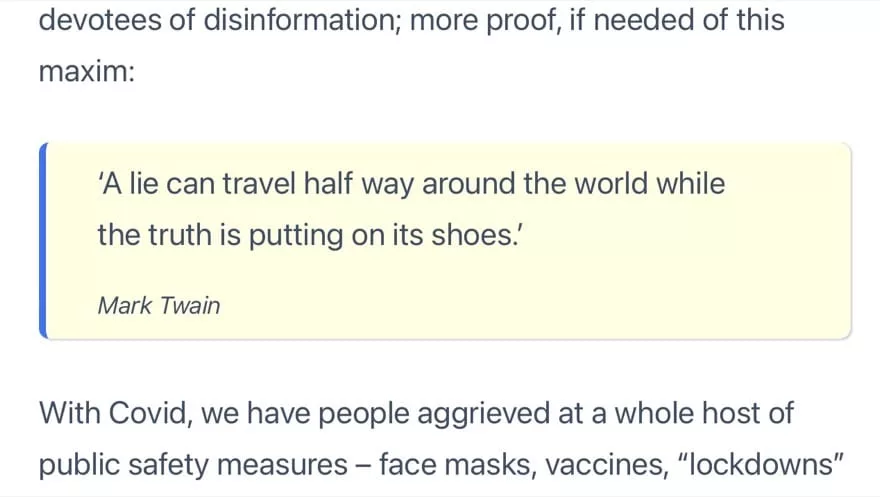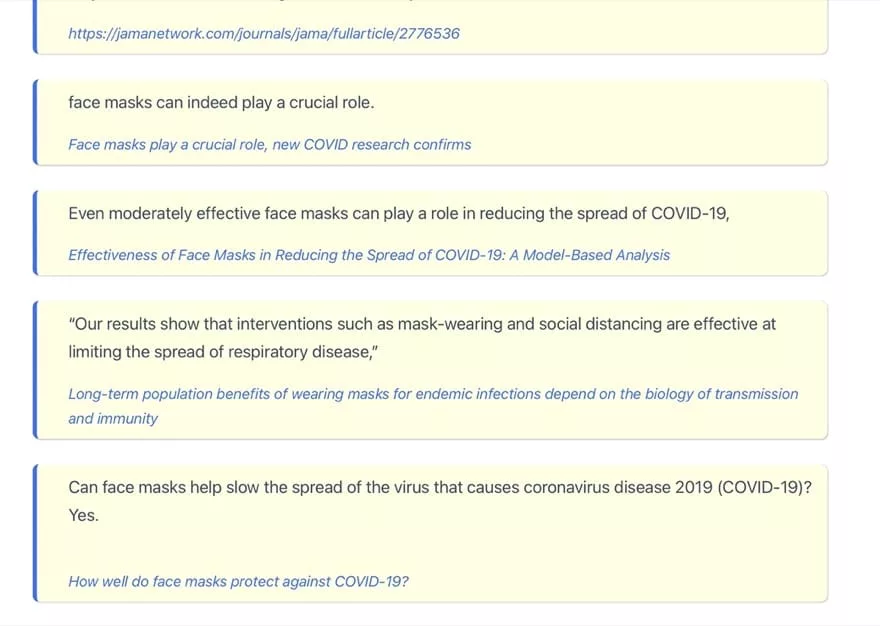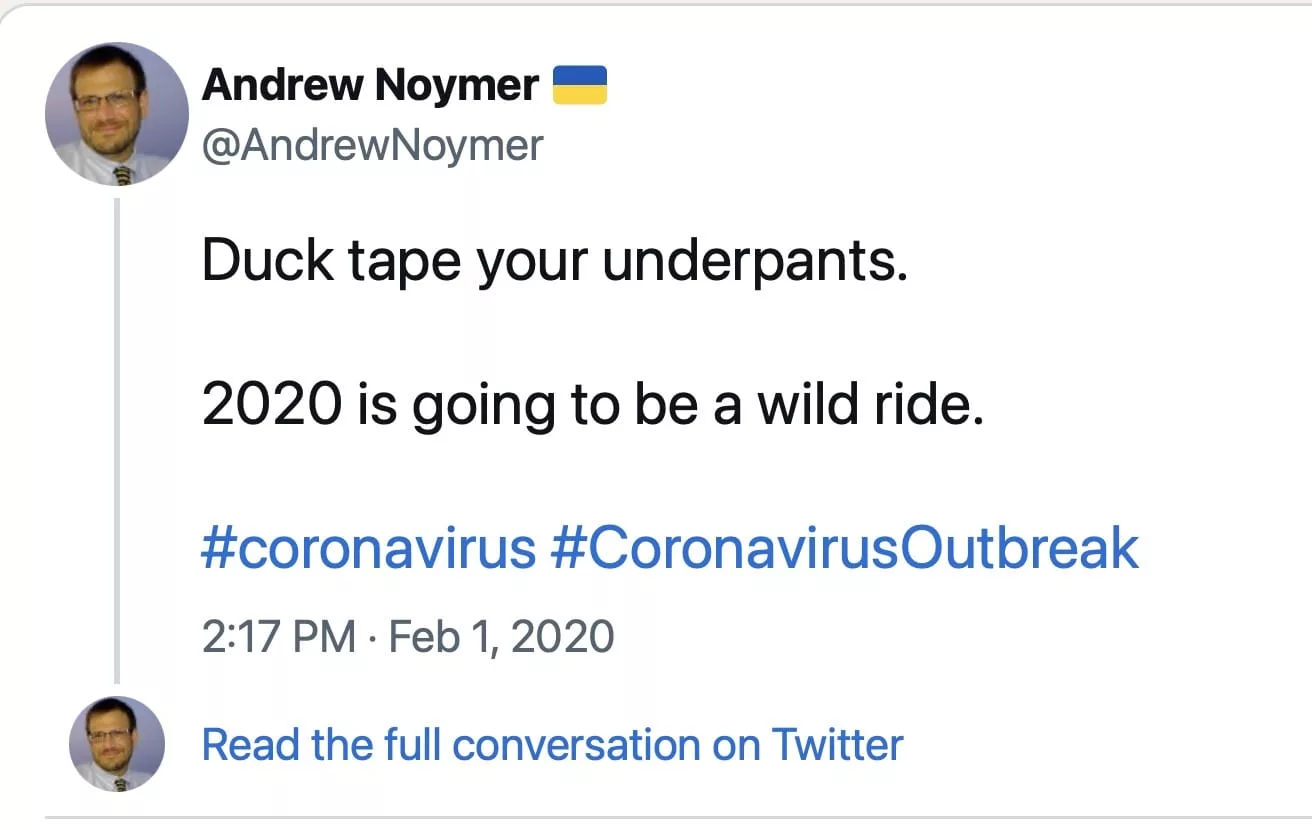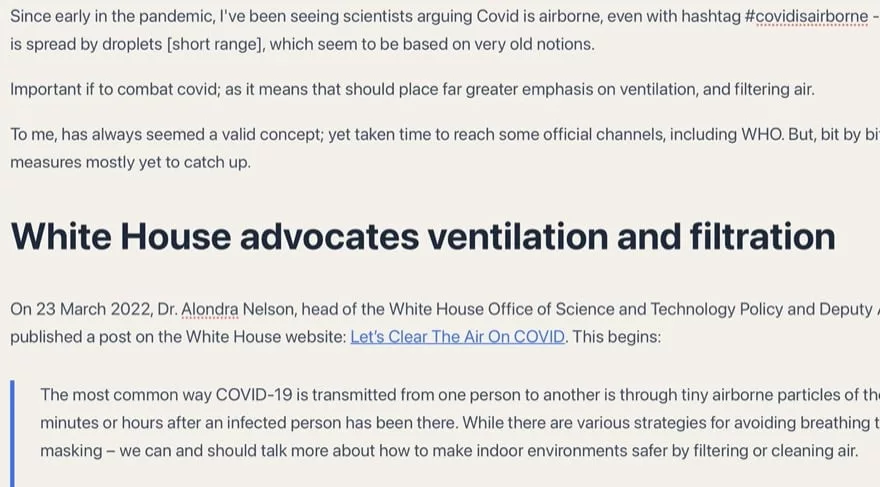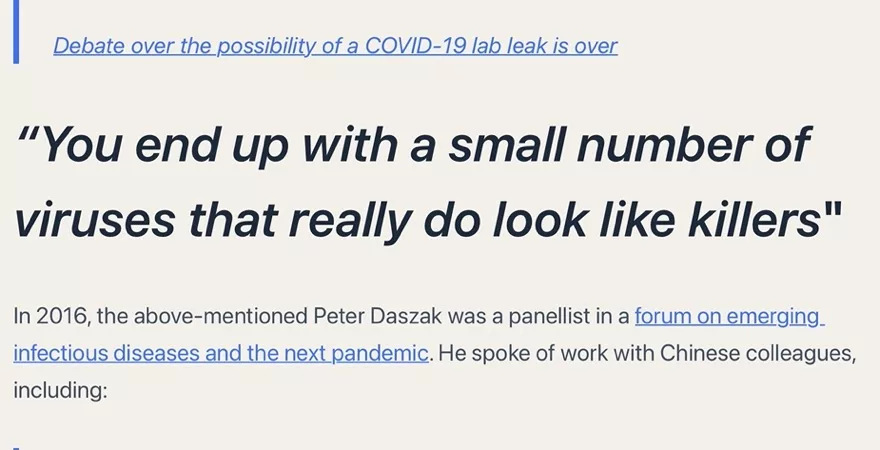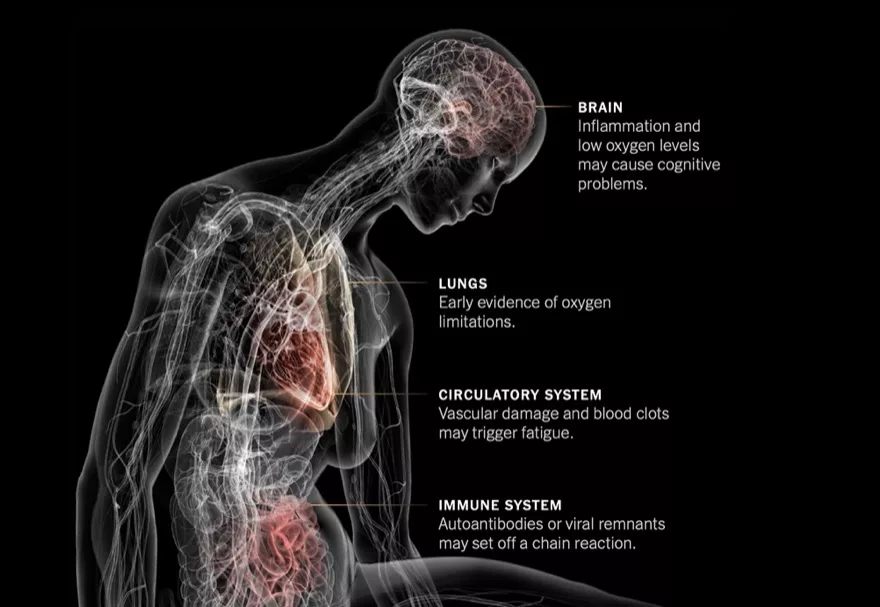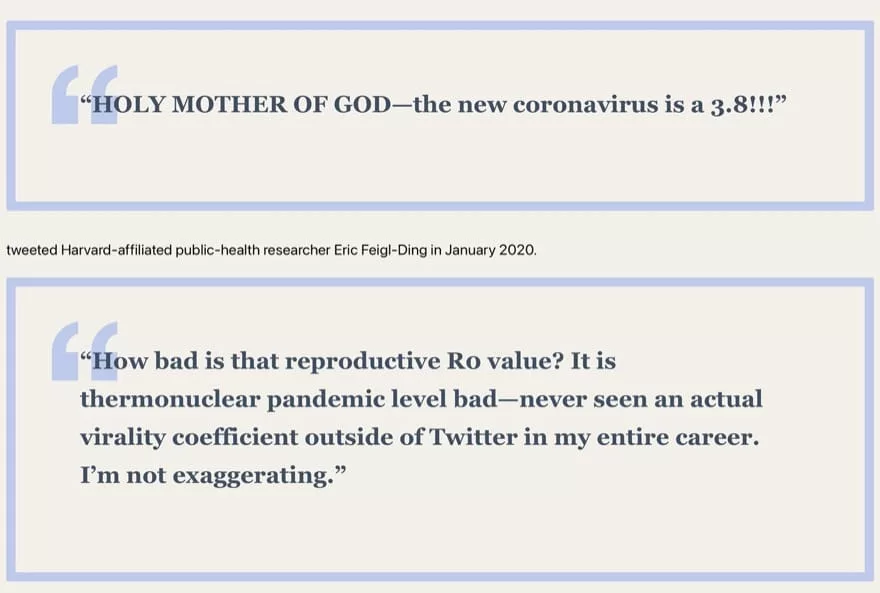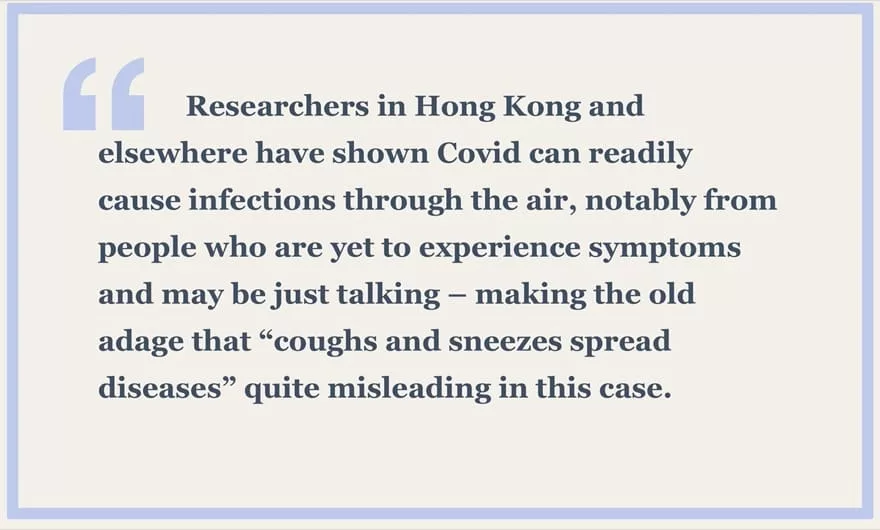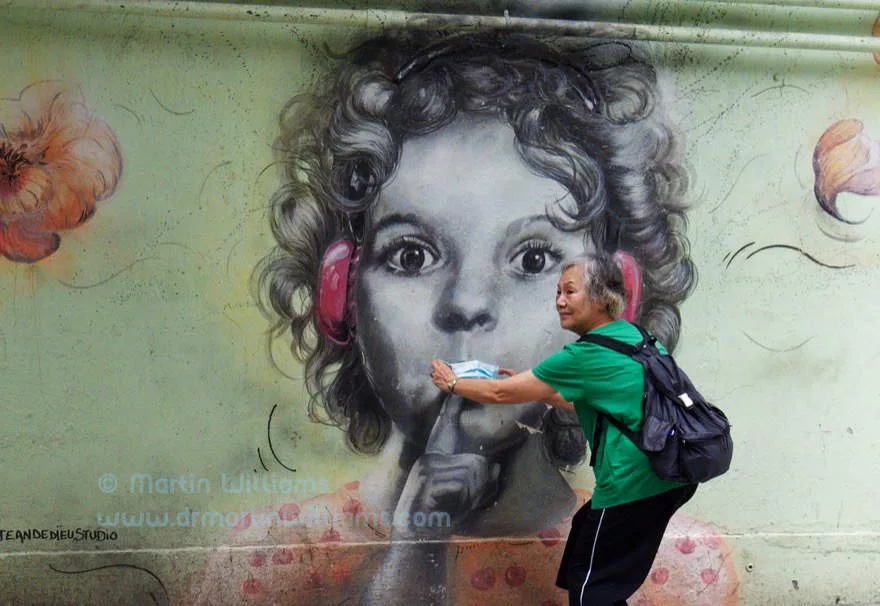[Written July 2020]
Though it’s only around six months since the Covid-19 pandemic came to light and began surging worldwide, it already seems a long time since schools were open as a matter of course, only a handful of people with coughs and sniffles wore face masks, and it was a cinch to cross borders for business and leisure. Now, many aspects of life have changed. And with no signs of the pandemic ending anytime soon, it seems these changes will remain, with more to come as we seek ways to tackle and somehow live with COVID.
One of the biggest changes required is with mindset – realising there won’t be a swift return to normality. We’re in this for the long haul, with the virus like a relentless, invisible foe, ready to exploit errors, evem slipping through the best defences practical without locking ourselves in isolation chambers.
“Pah!” some people might say. “There’s no need for such fuss; this coronavirus no worse than the flu.” For as with climate change, there’s very active Covid denialism, and rather than appearing in scientific journals and discourse, it is usually expressed in superficially savvy blog posts and tv commentaries – and money rather than science or human welfare is the main underlying concern.
This anti-science propaganda has very real consequences. Witness the surging rates of coronavirus infections in parts of the United States, even as many people bizarrely equate mask wearing with an assault on personal freedom. These consequences impact individuals, whose stories are mostly untold, though recently included the pitiful death of a 30-year old man in Texas, who was so convinced the pandemic was a hoax, he attended a COVID party with an infected host. “I think I made a mistake,” he told a nurse who was among medical staff unable to save him.
Day after day, I read a lot about the pandemic, ranging from science articles to tweets by expert virologists and medics treating coronavirus patients. These medics don’t downplay the severity of Covid-19, but instead tell of patients dying, while imploring people to wear masks and avoid high risk events and places. For medics, and staff of care homes along with other frontline workers, Covid-19 has made even going to work dangerous. Amnesty International has found that over 3000 healthcare workers have died from Covid-19, in 79 countries around the world – a terrible statistic, serving as further proof this is not “just a flu”.
At the time of writing, the Worldometer website reports that 576,496 people have died from the coronavirus, out of 13,273,595 cases. Via my calculator, that means the death rate is around 4.3%, but it turns out assessing the mortality rate is not so simple, as many cases are undetected, plus untold deaths go unrecorded. Even so, the rate is substantially higher than the 0.1% figure estimated for regular influenza, while probably less than the mortality of around 2.5% for the Spanish flu of 1918-1919 – which was the deadliest pandemic in history, killing an estimated 50 million people worldwide.
While deaths by Covid grab headlines, it turns out there can be long-term complications from even “mild” infections – such as psychosis, insomnia, kidney disease, spinal infections, strokes, chronic tiredness and mobility issues reported in Italy. So even if you survive, you might never really recover from coronavirus.
Though we can all hope “It will go away,” as Donald Trump is fond of suggesting, there is no scientific backing for the notion; not without a vaccine that may not be available for a couple of years, or longer. The history of the Spanish flu may give some indication of how the pandemic will develop, including as during its two-year rampage around the world, places experienced “waves” of infections.
On 10 July, Professor Ben Cowling, of the University of Hong Kong’s School of Public Health, noted, “Worrying indications that the second wave of Covid-19 has now begun in Hong Kong.” This surge coincides with a global acceleration in coronavirus cases, which is so severe in the US that Dr Eric Toner, a senior scholar at the Johns Hopkins Center for Health Security, remarked in an interview with cnet, “When you’re underwater, it’s really hard to tell how many waves are passing over you.”
Toner anticipates we will be living with mask wearing and some degree of social distancing for several years. Yes: several years. Toner is hardly alone with this prognosis, as some studies have likewise found the pandemic could last into 2022 or beyond.
So, no throwing those masks away, for the foreseeable future. Instead, it may be best to view them as another item of clothing, worn when most appropriate – especially indoors with strangers, including riding public transport and in malls and stores.
For myself, I rarely wear masks when outdoors if not on congested city streets, such as when hiking. I base this on reading how people got infected – invariably indoors, with indications it may take 15 minutes or more exposure to get an infectious dose of coronavirus; and on information from Professor Yuen Kwok-Yung, head of the University of Hong Kong’s Department of Microbiology and proponent of mask wearing.
Yuen also advocates opening windows where possible, including when taking taxis and minibuses. Masks are not magical safeguards, and reducing risk of Covid involves a mix of actions. Not all of these degrade quality of life: along with favouring outdoor activities, you might establish a trusted social circle, with “bubble-mates” who also act sensibly.
Governments will have more of a role to play, too. While Hong Kong’s government seems good at halting activities, it hardly excels in implementing measures to enhance quality of life for ordinary people.
One such measure might follow the lead of Paris and other world cities in greatly expanding outdoor dining. Encouraging flexible and staggered office hours, along with extended working from home, could reduce densities of commuters on public transport; Plus, urban Hong Kong as a whole requires greater airflows, less claustrophobic, air-conditioned interiors suiting the spread of Covid. For even in the hot, humid summer, better to be sweaty than dead.
[Written for the South China Morning Post]

